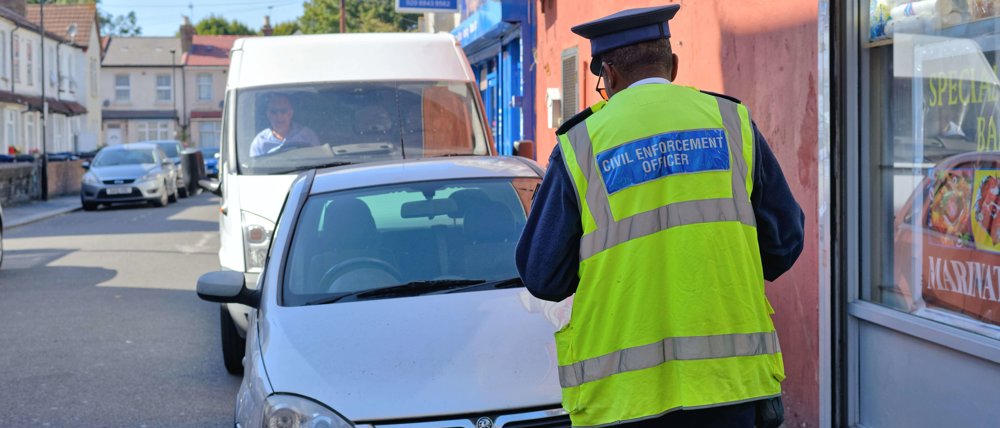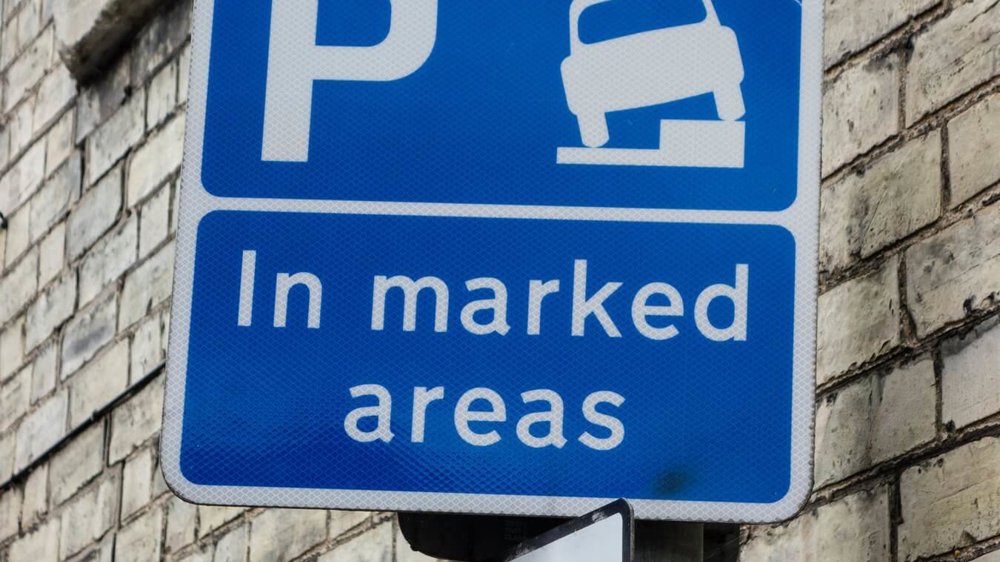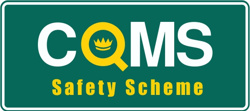Pavement parking has long been a contentious and antagonistic issue. While banned in Greater London besides a few exemptions, it is legal - although advised against - in the rest of the UK. Now, as part of the post-Covid-19 recovery involves encouraging more people to choose active travel, the problem is once again being looked at by the government.
A consultation has been launched by the Department for Transport with three options proposed:
- improving the traffic regulation order (TRO) process to make it easier for councils to prohibit pavement parking in their areas
- giving councils powers to fine drivers who park on paths
- a London-style nationwide ban on pavement parking.
The debate and the options explored are outlined in more detail below.
What is the debate?
On the one hand, many argue that the purpose of the pavement is to be walked on and parking puts vulnerable users such as those who are visually impaired, mobility restricted or pushing prams, at risk. From this angle, a nationwide ban or greater restrictions will create a safer and more inclusive environment for all pedestrians, vulnerable or not. The idea is that this will also help to boost the “green recovery” as part of the post-Covid-19 plan. In addition, restrictions or a ban will reduce the amount local authorities have to spend on pavement repairs and personal injury claims as a result of damage from pavement parking.
However, on the other hand, residents who own and rely on their car for transport do need a place to park their vehicle and some believe pavement parking is necessary in order to maintain the natural free flow of traffic and to allow emergency vehicles to pass. There is a misconception that pavement parking is simply a disregard for the law or people being lazy; often drivers believe they are doing the right thing parking up on the kerb to allow other vehicles to pass. The AA argues that a total ban will have “unintended consequences” and that it would be more sensible for local authorities to make a street by street assessment.
The current legal standpoint on pavement parking
Pavement parking is currently regulated in a variety of ways, primarily the following:
- Pavement parking is currently banned in Greater London with a few exemptions since 1974, however elsewhere in the country it is only prohibited for lorries or where the police judge the parking to be a dangerous obstruction
- The Traffic Management Act (2004) places network management duty on local authorities and provides specific powers to them rather than police for parking enforcement
- The Traffic Regulation Act (1984) also allows local authorities to set restrictions or exemptions relating to parking within specific areas via the use of TROs.
However, with different rules in different parts of the country and different levels of enforcement, many people are confused. Figures from YouGov (commissioned by Guide Dogs,) showed that 46% of drivers were confused by current laws on pavement parking. There is therefore a need for clarity.
Why is the consultation necessary?
Covid-19 and the promotion of social distancing has provoked conversations about mobility and space that have long been advocated for by vulnerable groups. Many feel that the scale of the problem is huge, and that the situation is worsening, with Living Streets in 2018 finding that 93% of local authorities in England had received complaints from the public about pavement parking. However, it is a challenging issue to tackle. As many of today’s towns and cities were not designed for high levels of car ownership or traffic levels, there are many locations where the pavement is the only place to park without obstructing the carriageway.
The weight of the issue has been acknowledged by transport secretary Grant Shapps, who said that “Parking on pavements means wheelchair users, visually impaired people and parents with pushchairs can be forced into the road, which is not only dangerous but discourages people from making journeys”. The Department for Transport ‘Pavement parking: options for change’ document also states that recent research from the charity Guide Dogs showed that 32% of people with vision impairments and 48% of wheelchair users were less willing to go out on their own because of pavement parking, decreasing independence and contributing towards isolation. These figures in combination with the issues with space that have arisen as part of Covid-19 have prompted the government to consider the following options:
The consultation’s options for pavement parking:
Option 1- rely on improvements to the existing TRO system
- Recommended changes to legislation, as it has become clear the process for making TROs can be time consuming and burdensome for local authorities
- Pavement parking restrictions would thus be easier for local authorities to put in place
- A drawback of this option is that it may shift the pavement parking problem elsewhere.
Option 2- allow local authorities with CPE powers to enforce against “unnecessary obstruction of the pavement”
- Option 2 proposes to allow local authorities with civil parking enforcement (CPE) powers to enforce unnecessary obstruction as a civil matter, by issuing PCNs to vehicles found to be causing an ‘unnecessary obstruction of the pavement’
- This would enable CEOs to address instances of unnecessarily obstructive pavement parking as and when they find it, without the need to prohibit it nationally
- However, ‘unnecessary obstruction’ does not lend itself to a simple definition that works in all circumstances. It would be almost impossible to anticipate all the possible real-world circumstances and to prescribe them in regulations
- A precise definition of ‘unnecessary obstruction’ may be difficult to achieve thus there may be a risk that this option remains confusing for drivers.
Option 3- national pavement parking prohibition
- This option will extend the existing London-wide pavement parking prohibition so that pavement parking is illegal by default, except at locations where local authorities decide to allow it
- Motorists would benefit from a consistent rule: ‘you must not park on a pavement except where signs permit’
- However, a substantial amount of work would be required to prepare for such a huge legislation change and a significant implementation period would be needed
- The processes of identifying and implementing exemptions could be time consuming and expensive, and a national prohibition may be inappropriate in rural areas where pavement parking may be safer.
Where do we go from here?
Can a balance be struck that meets the needs of all road users? Should more authorities be redesigning footways/pavements so that they can serve a dual shared space function allowing parking at certain times of the day, say in the evenings, but still maintaining and encouraging pedestrian movement at peak times during the day?
Alternately, is it time to accept increased traffic congestion by forcing vehicles to be parked on the carriageway? This could also encourage car drivers to consider switching to other modes of more sustainable travel and the reuse of footway/pavement space for pedestrians as it was originally intended, and for cycle use?
This is a very difficult and complicated matter to resolve to everyone’s satisfaction. The consultation period began on 31st August 2020 and runs until 22nd November 2020. The public is invited to respond via an online survey, downloading a response form and emailing pavement.parking@dft.gov.uk or emailing them directly. A link to the survey can be found below:
https://www.smartsurvey.co.uk/s/2XI2G/
Contact us for more information.








